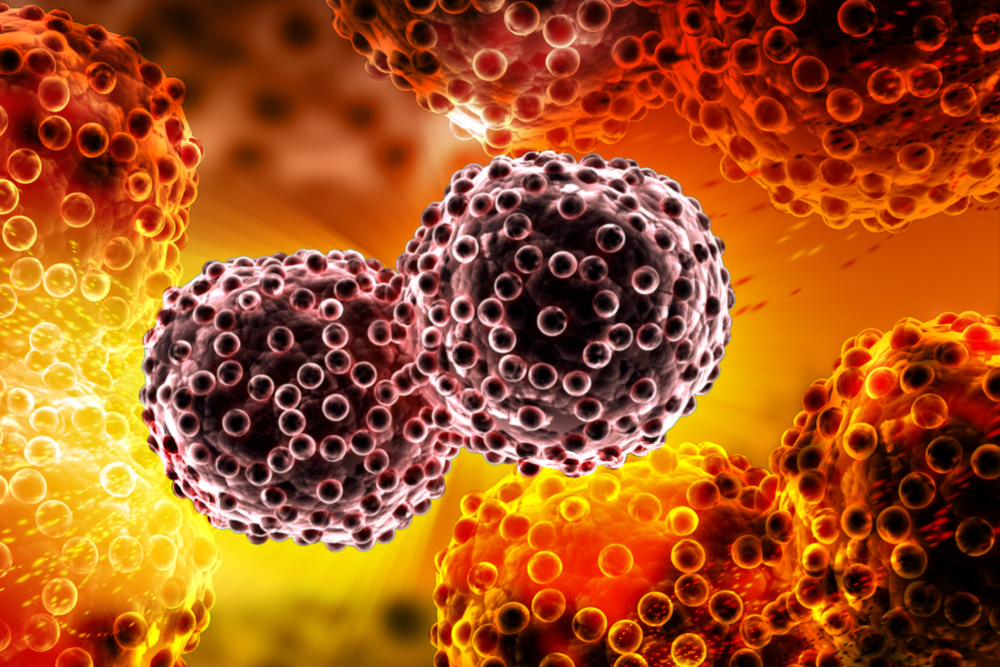Brain tumors are very difficult to treat without causing serious damage to this complex organ, prompting scientists to search for therapies that selectively target and kill malignant brain cells. A research team at Okayama University and Kinki University developed a boron-based compound (BSH) that accumulates in malignant cells rather than in healthy cells, which can be used in radiation therapy. The study entitled “Tumor-specific delivery of BSH-3R for boron neutron capture therapy and positron emission tomography imaging in a mouse brain tumor model” was published in the journal Biomaterials.
Glioblastoma multiforme (GBM) is the most aggressive and deadly type of brain tumor, with survival rates of one-to-two years. “Glioblastoma multiforme is the most common malignant central nervous system primary tumour that has been incurable for decades,” explained study authors. However, boron neutron capture therapy (BNCT), a particle radiation therapy, can double the survival duration of patients. BNCT requires the non-radioactive isotope boron-10 to be selectively delivered to malignant cells. Then, in a medical irradiation facility, the patient is treated with a highly localized irradiation that induces the emission of high-energy charged particles. This procedure is lethal to cancer cells, which have taken up the boron-10, although the released energy cannot travel further or be absorbed by nearby healthy cells.
Now, this research team contributed to improve BSH cell penetration into malignant cells. They added a small peptide composed of the amino acid arginine to the boron compound, and demonstrated that this new BSH is very effective to target tumor brain cells both in culture and in mice.
BNCT is being used clinically for treating several types of tumors, accompanied by an increasing effort to develop hospital facilities equipped with the low-thermal-energy required to trigger the killing of cancer cells in patients. This new BSH fused with a peptide of three arginine groups improved the production and selectivity of BSH. Moreover, this new compound also enabled drug tracking in the body using positron emission tomography, increasing the clinical potential of this therapy.
“In our present study, we discovered that BSH-3R overcame many obstacles to develop a BSH-peptide suitable for future clinical use,” the authors concluded.


